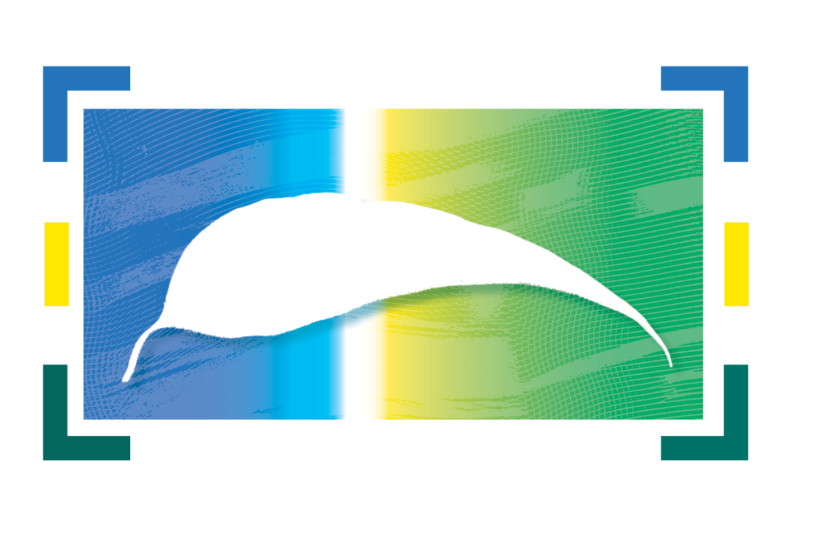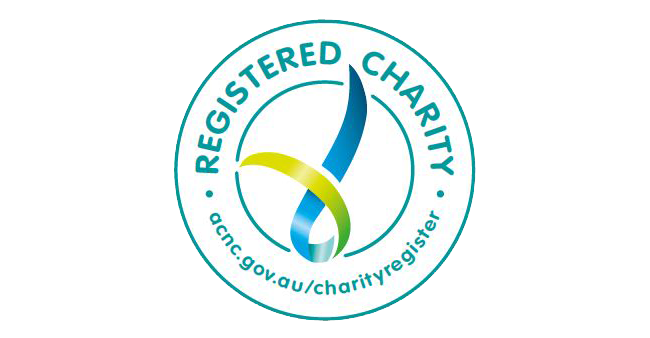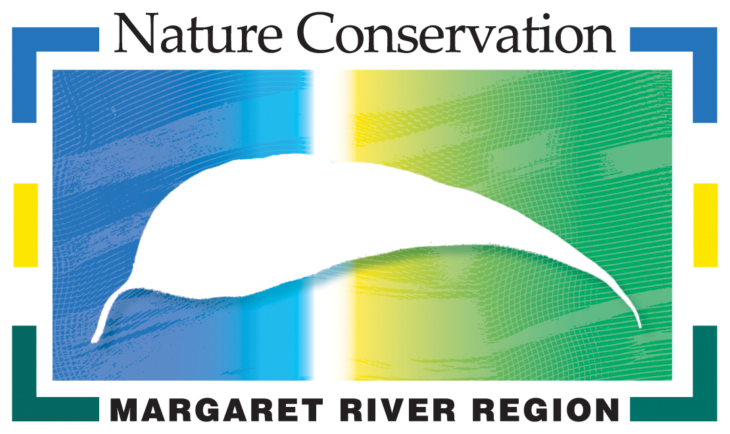Threatened species protection program
A combination of education, citizen science research and on-ground habitat rehabilitation in collaboration with other agencies and groups is used to protect at-risk species in the Margaret River region.
These include the critically endangered Western Ringtail possum, hairy marron, three species of black cockatoos and a range of native fish.
Western Ringtail Possum
A critically endangered arboreal marsupial that is only found in South Western Australia, Western Ringtail possums were once widespread from Perth to Albany. It’s has been estimated the remaining population size in the wild is less than 8,000 mature individuals, with some research predicting a 90 per cent chance that they will be extinct within 20 years if action to protect populations and habitat isn’t enacted immediately. The species occurs in the highest densities in coastal zones, where peppermint trees are a dominant species.
Resources
Check out our Western Ringtail Possums and your Property guide for all the info on managing possums at your place. And Western Ringtail Possums – Self Guided Spotlight Tips for detailed information about how to view and help conserve this species.
Our work
We carry out surveys to better understand ringtail distribution and habitat requirements, coordinating teams of citizen science volunteers who regularly survey ringtail numbers at 12 key locations, walking transects four times a year.
Habitat enhancement is also a priority, with 2.5ha of revegetation undertaken over five years in strategic sites along the Margaret River adjacent to existing areas of habitat. Volunteers, school groups and local businesses all get involved in regular planting days to build and buffer habitat.
We also focus on community awareness raising and engagement, with regular community spotlighting nights in local reserves, community presentations, citizen science training events, and workshops for building possum dreys in home gardens.
Work to help conserve the species is funded through the Australian Government’s National Landcare Program through the South West Catchments Council, as well as the Shire of Augusta-Margaret River.
Pets Away, Possums Play
Local residents can receive a free bin sticker to help promote the Pets Away, Possums Play campaign. It’s aimed at encouraging local residents to keep their pets indoors at night, allowing wildlife like ringtails to roam freely and safely across their habitats. Western Ringtail possums and other urban wildlife are active at night when they are most at risk of harm from pets. Grab your free sticker from our office or visit the Shire of Augusta-Margaret River office.
Click HERE for more tips and info for cat and dog owners on how to keep your pet contained and wildlife-safe.
Possum boxes
As an alternative to them taking up residence in your roof or to encourage possums onto your property, nest boxes are now available for $40 from the Margaret River Men’s Shed. Boxes for both Western Ringtail possums and brushtail possums designed to the right specifications are available. Visit the Men’s Shed at the Old Settlement (Mon, Wed or Friday 8.30am-midday) or contact Terry Hutchings on 0428 909 198.
Ringtail Tally
The annual Ringtail Tally is another great way to get involved in citizen science and help ringtail conservation efforts. Everyone can help, even if it’s just in your backyard or local bush. Stay tuned to our website, newsletter and social media for how to get involved!
Black Cockatoos
There are three species of black cockatoos in the Margaret River region – two white-tailed black cockatoos (Baudin’s Black Cockatoo and Carnaby’s Black Cockatoo, both listed as endangered) and one red-tailed black cockatoo (the Forest Red-tailed Black Cockatoo, listed as vulnerable).
All three black cockatoo species are endemic to Western Australia and occur in the South-West of the state. And populations of all three are in decline, mainly due to clearing and loss of habitat. Clearing creates a shortage of nesting hollows and feed trees, with feral bees, galahs and corellas competing for these limited resources. See Birdlife WA’s SW Black Cockatoo Recovery Program for info on how to distinguish between the three species and learn more about their conservation.
What’s happening to protect black cockatoos
We work with the Shire of Augusta-Margaret River Shire, Birdlife WA and the Cape to Cape Bird Group to understand abundance and distribution of the three species in the region. We also assist local wildlife carers who take care of sick and injured black cockatoos, and organise fundraising events for the Kaarakin Black Cockatoo Conservation Centre.
Other ways to conserve black cockatoos
Our work also includes raising awareness in the community and boosting engagement in conservation of these threatened species and supporting volunteer participation in the Birdlife WA’s annual Great Cocky Count. Plus, we work with local fire brigades and landowners to ensure habitat trees used by black cockatoos for roosting and nesting are protected during prescribed burning.
Margaret River Hairy Marron
Cherax tenuimanus is a critically endangered freshwater crayfish species found only in the Margaret River and nowhere else on Earth. The Margaret River Hairy Marron differs from introduced smooth marron because of the presence of small hairs (setae) on its hard upper shell. Wild populations are now restricted to a few river pools in the upper reaches of the Margaret River and total numbers in the wild are thought to be as low as 1000 individuals. Threats to this species include competition and interbreeding with the smooth marron, habitat disturbance and poaching.
Conservation action to protect the Hairy Marron
We work with the Margaret River Hairy Marron Recovery Team to keep this species from extinction. This has included a partnership with researchers from the Department of Primary Industries and Regional Development (DPIRD) to remove introduced smooth marron from critical habitats in the upper reaches of the Margaret River. Assisted by local volunteers, regular fish-outs of smooth marron were carried out, as well as habitat enhancement and community awareness campaigns.
Ark sites provide hope for the future
More recently, fish-out activities were found to be unsuccessful in maintaining the wild population and the future of the species is currently considered to be hairy marron “ark sites”. The Department of Water and Environmental Regulation is locating potential ark sites to release hairy marron. Meanwhile, DPIRD continue to run a captive breeding program at its Pemberton hatchery, while Perth Zoo is considering a breeding program too. Nature Conservation remains a member of the Margaret River Hairy Marron Recovery Team and will assist where possible with the new conservation direction.
Find out more
Check out the Scary Hairy Decline Case Study for more info about the decline of hairy marron and efforts to conserve the species.
Masked Owl
After dark around Margaret River, there is an abundance of night birds – the small, familiar Boobook, the extraordinarily camouflaged Tawny Frogmouth and diminutive owlet Nightjar. Ghostly barn owls hunt mice in farmland, while recent research shows the Australian masked owl is also prevalent here. It’s a large forest relative of the barn owl that preys on animals as big as possums and quenda.
The masked owl species found in south-eastern Australia is considered endangered, and it is not yet known if the South-West birds are genetically different. In fact, so little is known that even the species’ nests and eggs have yet to be described.
Margaret River a masked owl stronghold
A private study by former Nature Conservation board members Boyd Wykes and Steve Castan revealed masked owls occupy much of the Capes region, each life-long pair hunting an area about 6km across. Their annual cycle starts with high activity in autumn-winter when territorial and pair-bonding screams can be heard, followed by a quiet period through to summer when nesting in hollows of old marri trees. By observing fledglings being fed in summer-autumn and collecting regurgitated pellets, we know that our masked owls have a diet of rabbits, rats and mice.
Owls hunting vermin after dark
From their roost and nest hollows in blocks of quality forest, masked owls range out each night to hunt rodents around farmyards and the chook pens of local residents. But that finding has raised alarm bells. Alerted by research showing that boobooks are succumbing to secondary poisoning from eating rats and mice as they die from baits or rodenticides, three dead or dying masked owls were sent for lab testing. All three proved to have rodenticide exposure at lethal levels, indicating that these enigmatic nocturnal vermin killers are dying through secondary poisoning from rat baits.
Silent Night: Rat poisons killing owls
In a PhD study at Edith Cowan University, Mike Lohr used boobooks as a readily accessible species to test for levels of rodenticides in dead birds collected from the wider region. The results were shocking, with three quarters of birds containing poisons. Even where not directly causing death, most had levels high enough to result in death from apparently unrelated factors such as vehicle impact, disease and starvation. Sadly, this finding was not unexpected because problems arising from second-generation rodenticides have been identified throughout the world. Once ingested by rats, second-generation poisons can go on killing anything that eats them for many months. Some countries have banned or restricted use of the same second generation poisons that are sold without regulation by Australian supermarkets, hardware stores and farm suppliers.
Taking action for wildlife conservation
Organisations such as Birdlife Australia are tackling the issue at a national level to appropriately manage sale and use of rodenticides. Locally, Nature Conservation supports the Rodenticide Action Group and its Owl Friendly Margaret River Campaign. It’s about asking people not to buy so-called ‘second generation’ rodenticides that are killing nocturnal wildlife, and to get distributors on board to restrict sales or at least provide informed advice to customers.
Find out more
To find out more download our Information Sheet: Rat Control and Native Wildlife . And learn more about which rodenticides are safe by downloading, reading and sharing these campaign posters:
Address
Community Resource Centre
33 Tunbridge Street
Margaret River WA 6285
Postal Address
PO Box 1749 Margaret River WA. 6285
Contact Us
Phone: (08) 9757 2202
Email: info@natureconservation.org.au


